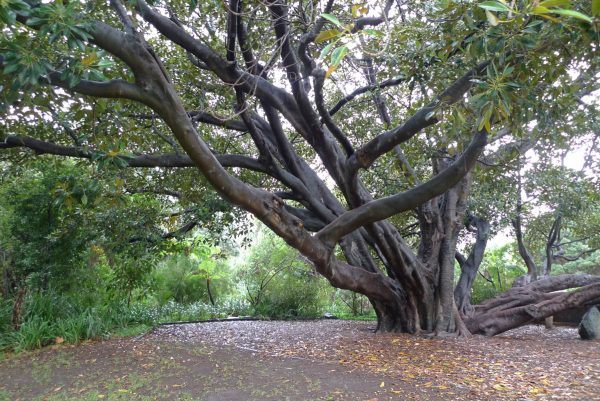
Trees deserve our boundless affection and admiration and they serve as a nearly perfect test of our being in right temper of mind and way of life (Ruskin, 1860).
Trees are, because of seasonal changes and their size, shape, and colour, the most prominent elements of urban nature. Their benefits and uses range from intangible psychological and aesthetic benefits to improvement of urban climate and mitigation of air pollution. Historically the main benefits of urban trees relate to health, aesthetic and recreational benefits in industrialised cities (Tyrväinen, Pauleit, Seeland & de Vries, 2005).
Trees are important to people especially through symbolising personal, local, community and cultural meanings.
Urban trees also contribute to an attractive green townscape and consequently communicate the image of a positive, nature-oriented city. Here we look at an overview of the most pertinent benefits of urban trees.
-
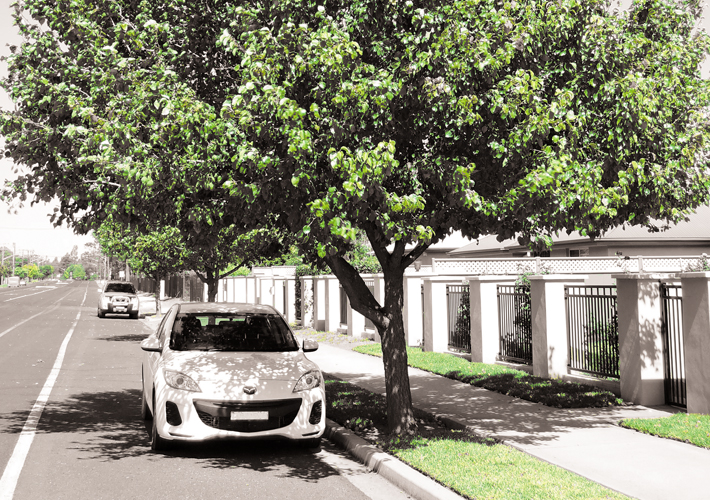
When the sun beats down on concrete, bitumen, and bricks these materials store the heat (they have high thermal mass) and continue to release that heat when the temperature cools. So in heat waves, it’s not just the temperature created by the sun during the day that makes us hot, it’s also the heat released from high thermal mass materials, which can occur for several hours, even days. The solution – don’t let them get hot in the first place ie shade them from the sun. What is the cheapest, easiest, and most environmentally beneficial way to provide shade? Trees.
Reducing the impact of heat in, and on built up areas is now a major priority for local government. Particularly since 2003 when severe heat waves hit Europe causing more than 70,000 deaths. Subsequent research has shown that an increase in temperature of just 1 degree Celsius raised the likelihood of death by a massive 21%. A major issue in dense, built up areas comprised of stone, roads and footpaths.
As cities grow – vegetation decreases. And in suburbs where buildings are replacing gardens, the ratio of concrete, bitumen, and bricks to vegetation and canopy cover is much higher than previously. In some areas the only trees that remain are the street trees. This means that during hot weather temperatures will be higher, for longer periods as the concrete, bitumen and bricks radiate heat back into the air. And thanks to climate change we are likely to experience more intense heat waves, for longer periods.
Planning for shade trees is not only key to ensuring a city’s liveability but also to protecting public health. What does that mean for shade trees in places like Melbourne? It means we need more shade trees. Tree Logic has worked on several Street Tree Management Plans and partnered with other consultants to develop Urban Forest Strategies – key to which is the use of shade trees to increase shade cover.
This is an area of work where the depth of our consultancy really comes to the fore. While it’s one thing to understand the need for shade trees, it takes more than a text book to know which tree will suit the environmental conditions of a site, minimise impacts to existing infrastructure, cope with less rainfall, and meet community expectations.
It’s knowing how to plant the right tree, in the right place, in the right way, at the right time. And this is key to ensuring that shade trees become a highly valued commodity rather than a cause for community complaint and derision. Investment in our landscape needs to be done properly rather than expensively. And while street shade trees require careful planning, selection and maintenance during their initial stages, long term they are a vastly cheaper civic asset, whose benefits grow as they do.
Shade trees are key to the solution.
-
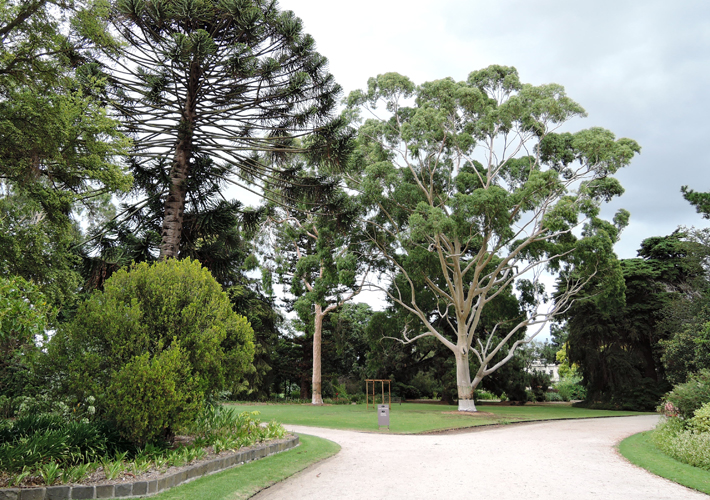
Each year an average acre of mature trees can absorb up to 2.7 kg of CO2 from the air, which is equal to the amount of CO2 produced by driving a car approximately 42,000 kilometres. By absorbing this CO2, as well as airborne pollutants such as ozone, nitrogen oxides, sulphur dioxides and carbon monoxide, trees are vital to urban environments by cleaning the air. The canopies of trees filter up to three-quarters of dust and tiny particle matter from a cities air, improving the quality of life to city dwellers suffering chronic diseases such as asthma and bronchitis. Healthy large trees can remove 60-70 times more air pollutants than smaller trees (Mullaney, Lucke & Trueman, 2015).
Trees can provide protection against skin cancer by reducing UV-B exposure (the most damaging type of solar radiation) by about half, according to a study by Richard Grant, Purdue University; and Gordon Heisler, USDA Forest Service.
As well as the physical benefits, studies have shown green spaces in cities have a positive psychological effect on city-dwellers. School children with ADHD show less symptoms when given access to green spaces. Studies have also shown that hospital patients with a view of trees out their windows recover much faster, with fewer complications and require fewer pain-killing medications than similar patients without such views.
-
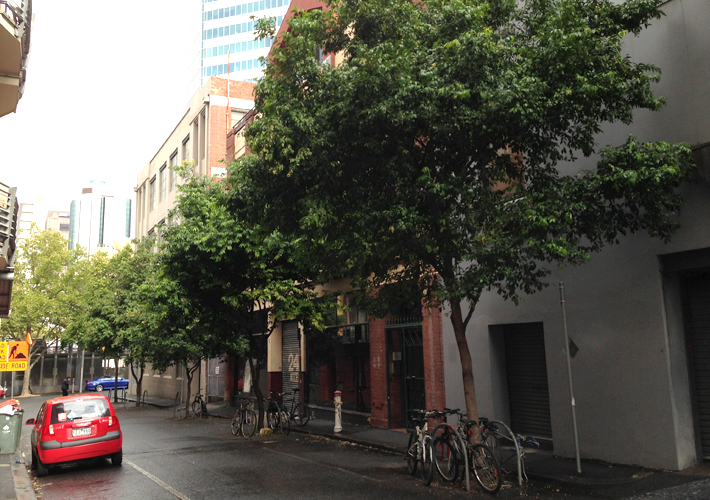
Achieving an appropriate diversity of tree species is one of the many important factors in achieving a sustainable urban forest. Tree diversity within an urban forest landscape provides functional, aesthetic benefits as well as biological and ecological advantages.
To maintain a healthy, vibrant and sustainable urban tree population communities should be planting a variety of tree species suitable to their climate. There is a history of events where a major pest or disease has devastated a population of urban trees, most notably in the Northern Hemisphere. Such events are teaching us the benefits of planting a diverse range of species appropriate to the environment and location in which it is planted, and the need to instigate regulations about how these species should be chosen. Santamour (1990) suggests that there should be no more than 30% of any one family, 20% of any one genus, or 10% of one species in an urban tree population to help protect our urban forests from mass devastation.
-
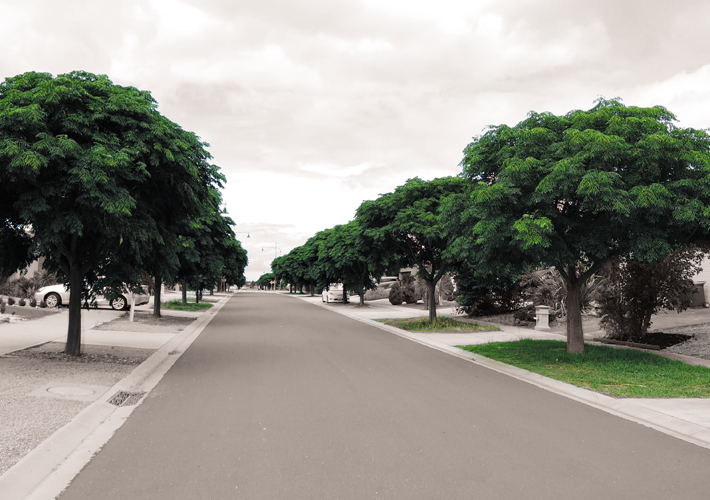
Appropriately placed trees in the residential landscape can realize savings up to 58% on daytime air conditioning. While planting a shade tree over a house can reduce air-conditioner use by in summer, it can also reduce heating costs in winter by acting as a wind-break.
True for individual households as well as for entire cities. What is known as the ‘Heat Island Effect’ describes the instance of built up urban areas reaching consistently higher temperatures than nearby rural areas. Built up cities can reach temperatures of up to 3°C higher than their rural counterparts during the day. When night falls, the building surfaces and pavements begin releasing the heat they have been storing throughout the day and the difference in temperature can be as high as 12° C. Planting shade trees in cities can prevent pavements, buildings and roads from absorbing the suns heat and thereby reduce energy costs.
-
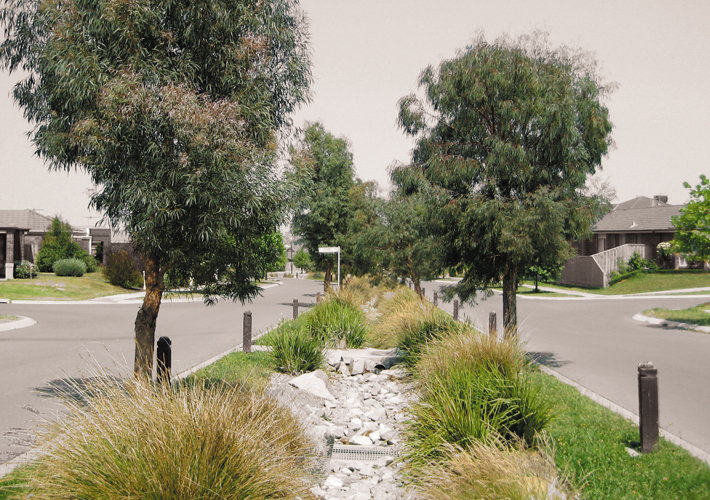
In urban environments with extensive impermeable surfaces, water cannot soak naturally into the ground as it can into soil. Water running off these surfaces will drain into our waterways, carrying contaminants from our roads, pavements and rooftops.
Trees can intercept between 7 and 22 percent of storm water runoff from impermeable surfaces (Georgia Urban Forestry Publication, 2004).
Trees reduce topsoil erosion, prevent harmful land pollutants contained in the soil from getting into our waterways, slow down water run-off, and ensure that our groundwater supplies are continually being replenished. For every 5% of tree cover added to a community, storm water runoff is reduced by approximately 2% (Coder, 1996).